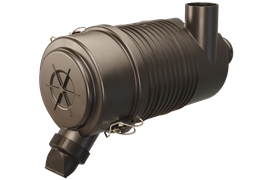Tunnelling: Breakthrough technology
21 January 2020
With major European tunnels driving further and deeper into the earth, advances in equipment and techniques are necessary to meet these new challenges. Katherine Weir reports
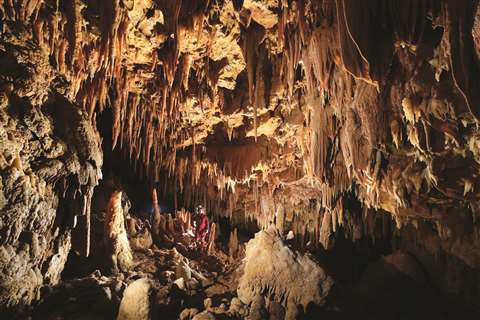
Tunnel construction is one of the most demanding civil engineering applications for construction equipment. A construction site below ground requires the use of machines that can work under very specific conditions: narrow and limited space, large volumes of material on the construction site and dust are factors that make work difficult.
Safety levels also need to be very high.
Julian Priebe, head of construction trade press at Liebherr, said, “Over the last few years, our crawler excavator customers have asked for compact machines with short tail undercarriage, closed cab and automatic engine shutdown on idle. Today, crawler excavators in tunneling are more used for extraction than for scaling. It means that the machines must be – more than ever – powerful and resistant, with a smaller size.”
The manufacturer has been working on features for its deep foundation equipment that increase safety and ensure easier operation. Ground load-bearing capacity and monitoring the ground pressure are decisive for the safe operation of a construction machine, Liebherr says.
“For our wheel loaders, a comprehensive package of multiple intelligent assistance systems, presented at Bauma 2019, increases comfort and safety for the operator,” says Priebe. “In tunneling, the new active personnel detection at the rear is especially helpful. It provides a warning on the machine display and uses acoustic signals if there is danger in the wheel loader’s rear area.”
Tunnel boring machine (TBM) manufacturer Robbins, says that tunnelling projects are becoming increasingly more ambitious.
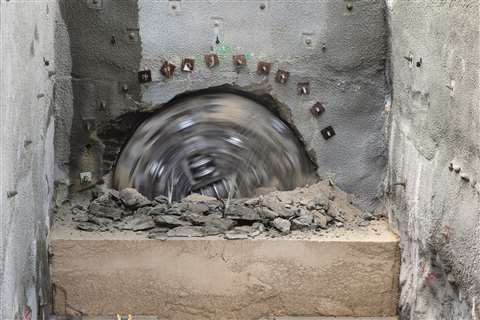
Brad Grothen, technical director at Robbins, said, “As difficult tunnels are successfully excavated, the possibility for designers to put tunnels through more challenging conditions is realised. This can take the form of higher pressure, mixed ground or difficult site logistics.”
The worldwide construction trend of ‘data is king’ applies to deep foundation work too, as Grothen explains. “New technology influences our products in multiple ways; the most visible of which is the use of computers and the internet. Automation continues to take on an increased role in the control of our equipment, along with the increased use of data collection and data analytics to evaluate and control a project.
“Automation allows our operating team to get a more complete picture of tunnelling operations and the environment surrounding the TBM. This type of data is becoming more important as projects are put into increasingly difficult geology in urban environments.”
The manufacturer says it is continuously improving the reliability of its equipment in increasingly difficult geology. Robbins is also working on increased flexibility in the profile of the tunnel, by exploring different diameters and cross-sectional shapes.
Challenging conditions
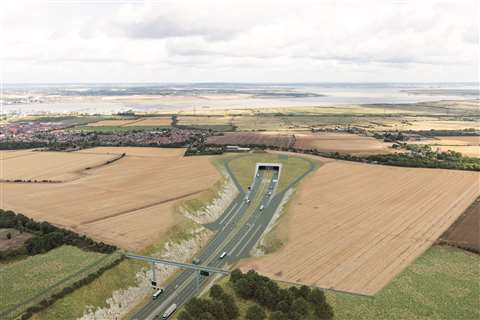
In April, a Robbins 3.5m diameter main beam TBM broke through into open space, completing its 2.8km long tunnel. It was not the first time the machine had encountered open space – twice during tunnelling, the machine hit uncharted caverns, the largest of which measured a staggering 8,000 cubic metres in size, the company said.
The Galerie des Janots water tunnel, located below the community of Cassis, France, is an area of limestone known for its groundwater, karstic cavities and voids. The limestone, combined with powdery clays, made for difficult excavation after the machine’s March 2017 launch. At the 1,035m mark, the crew hit a cavern on the TBM’s left side. The cavern, studded with stalactites and stalagmites, was grazed by the TBM shield. The crew had to erect a 4m high wall of concrete so the TBM would have something to grip against. It was then started up and was able to successfully navigate out of the cavern in eight strokes without significant downtime to the operation – the process took about two weeks, Robbins said.
The first cavern, while the largest, was not the most difficult void encountered. The machine was averaging 20 to 22m advance per day in two shifts after clearing the first cavity, with a dedicated night shift for maintenance. While excavating, a combination of probe drilling and geotechnical BEAM investigation (a type of electricity-induced polarisation to detect anomalies ahead of the TBM) were used. Crews ran the excavation five days per week, achieving over 400m in one month. This performance continued until the 2,157m mark, when the machine grazed the top of an unknown cavity that extended deep below the tunnel path. The structure measured 22m long, 15m wide, and 14m deep, or about 4,500 cubic metres of open space.
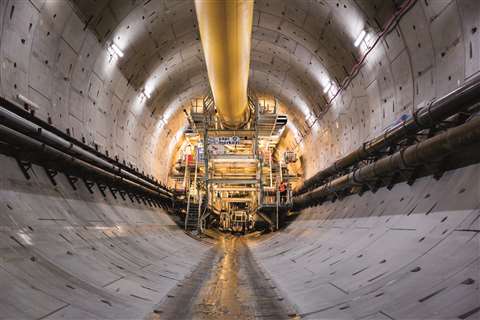
Crews probed in front of the cutterhead and began work to stabilise and secure the cavity with foam and concrete, as well as excavate a bypass gallery. After filling much of the cavity, Robbins’ biggest difficulty was to ensure the gripping of the machine. The company needed six bypass galleries and four months of work to reach the end of this challenge.
Overall rates for the project averaged 18m per day in two shifts and topped out at 25m in one day, the company said.
Galerie des Janots is one of fourteen operations designed to save water and protect resources, which are being carried out by the Aix-Marseille-Provence metropolis, the water agency Rhône Mediterranean Corsica, and the State Government.
Looking at a tunnelling project in its infancy, Highways England’s Lower Thames Crossing (LTC) in the UK has begun over 700 individual ground investigations in Kent, Essex and Thurrock to give a clear picture of the types of soils, rock and groundwater along the entire 14.5-mile route.
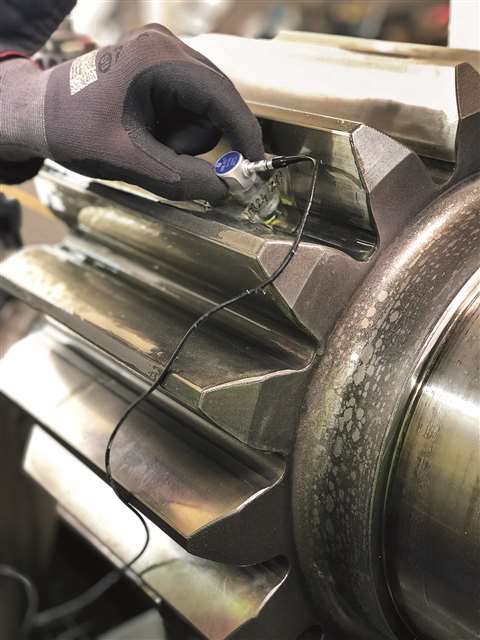
Said to be the most ambitious road project since the M25 was completed 30 years ago, it will include the longest road tunnel in the country as well as bridges, viaducts, embankments and cuttings.
Tim Jones, project director for the LTC, said, “This preliminary work will help us to give the clearest possible picture of what will be involved in building the new crossing, when we apply for planning consent and help ensure our construction programme can get the new road open for 2027.
“Our priority right now is to carry out the ground investigations in a way that will have the smallest possible impact on the environment and nearby communities.”
The investigations will be carried out along the entire route, both north and south of the Thames as well as under it. Key areas of interest include: the protected wetland (in Kent); under the river itself where the tunnel will be; and, the historical land development in the north.
The ‘comprehensive and complex’ schedule of tests includes over 400 boreholes, some of which will be up to 100m deep, nine pump tests and around 85 trial pits and geophysical surveys.
Tunnelling trends
Germany-based TBM manufacturer Herrenknecht shares three leading trends in mechanised tunnelling.
Cornelia Lietzau, corporate communications at Herrenknecht, said, “When looking at the last twenty years, there has been great development regarding the water pressures that can be handled safely enabling the realisation of many projects that would have not been possible 25 years ago.”
New feasibility standards were set in tunnel construction with the two-story Eurasia tunnel in Istanbul, the manufacturer said. There, three challenges were faced with a large diameter of 13.66m, demanding mixed geology (fractured rock and soft ground) and 11 bar of water pressure placing extreme demands on the giant cutting wheel’s excavation tools.
Herrenknecht had to create a cutting wheel that was accessible from the rear through narrow working chambers – tools could then be changed safely by the crew through lock systems under atmospheric pressure conditions.
A second trend is the increasing diameter of tunnels. Lietzau said, “High-capacity infrastructure needs to be put in place to cope with the demands of mobility and flexibility of people living in metropolises. The bigger they are, the more road lanes can be integrated – parallel or on two levels, sometimes with a metro in the lower section.”
Company projects with large diameters include 15.5m for the Galleria Sparvo in Italy that used a Herrenknecht EPB-Shield. The largest TBM in the world was used in Hong Kong in 2013 for the Tuen Mun – Chek Lap Kok Link at 17.6m, the company said.
The third trend is highly variable ground, where classic TBMs can reach their technical or economic limits with their specific method. “Along one tunnel, alignment can change greatly,” said Lietzau. “Multi-mode TBMs are developed for such cases and are established well on the market. The basic concept makes it possible to change between slurry support, earth pressure support and open mode within one tunnel alignment, by undertaking a range of conversions.”
Herrenknecht’s variable density TBM combines two machine types in one TBM – the advantages of earth pressure balance (EPB) and slurry-supported mode. “This means that geological and hydrogeological changes along the alignment can be managed with extreme flexibility. It’s like an all-rounder for loose soils of all kinds,” Lietzau said.
In terms of the future of tunnelling equipment, the company sees remanufacturing as a key topic regarding increased sensitivity to environmental issues.
“Remanufacturing offers the possibility for optimising the ecological footprint: 65 percent less greenhouse emissions, 80 percent less power consumption, 99 percent less material usage – and at the same time 100 percent warranty,” Lietzau explains. “Remanufacturing gives individual components, assemblies or complete TBMs a new life cycle. For this, Herrenknecht issues a lifetime guarantee and warranty like for new products. After remanufacturing, parts and systems have the same high performance of new parts and are also fully function and field-tested.”
Tunnel Digitalisation Centre opens in Switzerland
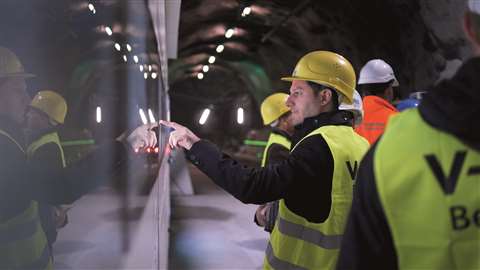
At the end of October, the Tunnel Digitalisation Centre (TDC) was officially opened in the Hagerbach Test Gallery in Switzerland, allowing demonstration and simulation in a realistic environment.
New technologies and concepts in tunnel work can be demonstrated at the centre on a scale of 1:1, leading to a better understanding of complex processes and procedures as well as a high level of cost-efficiency.
The focus is on cross-phase and cross-divisional system solutions that span the entire value chain and life cycle of tunnel systems – from planning with BIM and the subsequent structural work and electromechanical equipment to the operating phase and digital maintenance services. In particular, the interaction between different partners will be demonstrated using shared use cases and presented live on site.
The TDC was initiated by the Swiss Centre of Applied Underground Technologies (SCAUT). Amberg Engineering with its expertise in infrastructure construction, Siemens for automation, Elkuch Group as the expert for door systems and HBI Haerter for tunnel ventilation simulations were won as industrial partners.
Michael Rom, head of factory automation at Siemens Schweiz, said, “The Tunnel Digitalisation Centre offers us the unique opportunity to show the digital twin in a real tunnel. And not only in terms of pure automation but also in terms of how the individual components interact. In this way, we can check and improve existing models and test future applications or use cases.”
Aquajet launches tunnel cleaning device
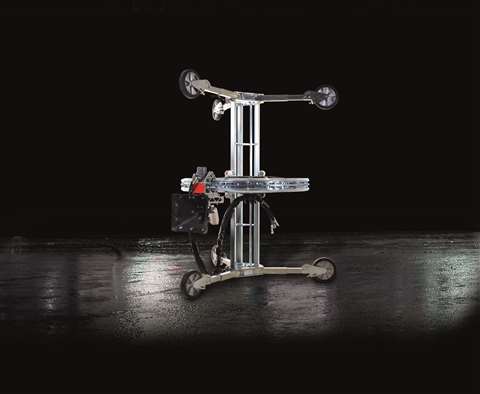
Swedish hydrodemolition machine manufacturer Aquajet has released its latest piece of technology, the Aqua Centraliser.
Designed for use in roadbuilding, wastewater and industrial plant applications, the machine can be used to clean or remove concrete, paint, rust and coatings from the inside of tunnels and pipes.
Working in conjunction with the company’s Aqua Cutter hydrodemolition robots, the Aqua Centraliser can carry out these tasks along entire sections of tunnel, including inclined or vertical lengths.
In combination with an Aquajet power pack – which can provide up to over 2,750 bar – the company says the new machine offers contractors a winning combination of power and precision for the cleaning and removal of unwanted material.
Roger Simonsson, Aquajet Systems AB managing director, said, “The Aqua Centralizer integrates key components of several of our existing designs to provide operators a new solution for working in pipes and tunnels more effectively than ever before.”
Compact hydro tunnelling in Norway
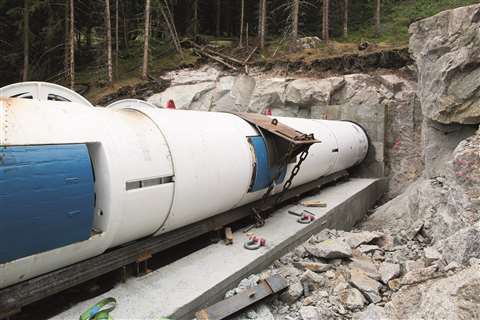
Norway’s mountainous topography of rivers, streams, and waterfalls is a haven for hydropower, and new initiatives are reinventing the renewable energy on a small scale. Small hydropower projects, defined as having an installed capacity of between 1 and 10 megawatts (MW), now make up more than 10 percent of Norway’s total power production.
Manufacturer Robbins says that the use of small diameter TBMs is furthering the applicability of small diameter tunnels (below 3m). Compared with drill and blast, TBMs offer increased production rates and reduction in cross section, among other benefits. The uniquely designed machines are engineered to take on steep gradients, up to a 45-degree angle in some cases, the company says.
In 2018, contractor Hardanger Maskin AS approached Robbins with the challenge of working on a series of tunnels near Sogndal, Norway ranging from 640m to 2,000m long in granitic rock with rock-quality designation (RQD) of greater than 75 percent. Due to local terrain, the tunnels would have a small launch area of 4m x 10m, and the tunnel slope on the first, 640m long drive would range from a slight upward tilt to 45 degrees at the breakthrough.
The project, known as Holen Hydropower for local utility Småkraft, would increase power to their mainline.
Robbins responded by developing a new solution using small boring units (SBUs). The Double Shield Rockhead (SBU-RHDS) provided for the tunnel includes 14-inch diameter cutters and is capable of self-propelled excavation using a gripper system. Torque is achieved through an internal drive motor.
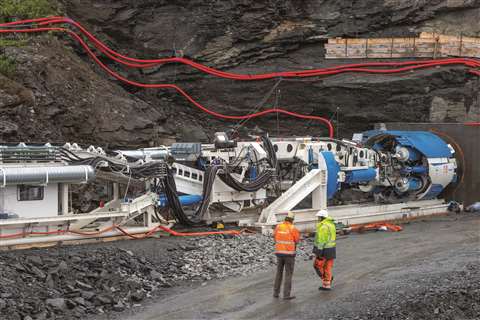
The novel 2m diameter machine has features that allow it to drill at a steep incline, including electric power, modified oil and lubrication systems and a fail-safe safety gripper (secondary gripper), as well as a water-based spoil removal system, developed by the contractor.
Lessons learned from this project translated well to a larger diameter tunnel project that started in the summer of 2019. Robbins supplied a 2.8m diameter specialised main beam TBM to contractor Norsk Grønnkraft for use on several of their hydroelectric tunnels.
The first tunnel, the 2.8km long Salvasskardelva HEPP located in Bardu, Norway, has a modest positive gradient of 5.2 percent. The second tunnel, a 1.3km long bore for the Veiski HEPP in Sørfold, Norway will be steeper with a positive gradient of about 9.2 percent. Future tunnels will have moderately steep gradients of less than 25 percent.
As of early October, the TBM had surpassed the 1,000m mark.
GHH and Titan join forces
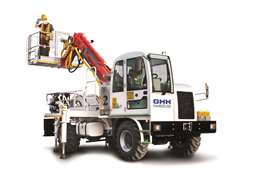
In November, tunnelling machine manufacturer GHH-Fahrzeuge, based in Germany, and mechanical engineering company Titan based in Ankara, Turkey, formed a partnership to significantly expand GHH’s product offering for mining and tunnelling applications.
GHH said that it can now offer ‘almost everything, almost anywhere’ with 18 more machine types being added to its product range, including concrete spraying machines, transmixers and pumps. The company’s product line now covers a vast range of machines on wheels for underground work.
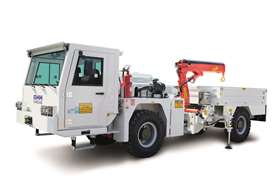
On the advancements in tunnelling over the last few years, Sara Thornley at GHH said, “The biggest changes we have seen are the emission level requirements with Europe now requiring Stage V. The carcinogenic effects on the workers and operators has been significantly highlighted in recent years, and Europe is on the forefront of implementing more stringent standards in this regard with an increased focus on health and safety (reducing noise and vibration and increasing visibility).
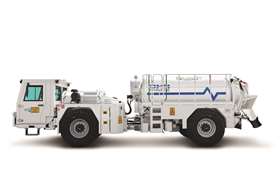
“More importance is also placed on data analytics, making the equipment more ‘intelligent’ for diagnostic capabilities. Our inSiTE data analytics offering will also be launched soon.”
In late 2020, GHH will be unveiling a new truck for tunnelling applications.
Tunnel surveying solution from Amberg
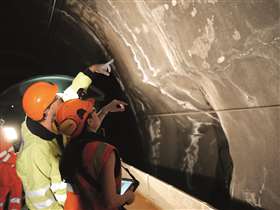
Switzerland-based Amberg Technologies has a surveying solution that supports tunnelling in all construction phases.
The system solutions under the umbrella name of ‘Amberg Tunnel’ combine precise measuring instruments with task-specific software, the company said. Significant improvements in efficiency are realised, especially in tunnel navigation, tunnel profile measurements, tunnel scanning, geotechnical analysis and as-built tunnel analysis.


